Your city is growing, but so is the trash. Old-fashioned garbage trucks can't fit into dense neighborhoods, and manual carts are slow, making sanitation inefficient and expensive.
Cities are switching to electric garbage tricycles because they are agile enough for narrow streets, reduce operational costs, and help meet low-emission targets. They directly solve the biggest challenges in modern urban sanitation, making waste collection faster, cheaper, and more complete.
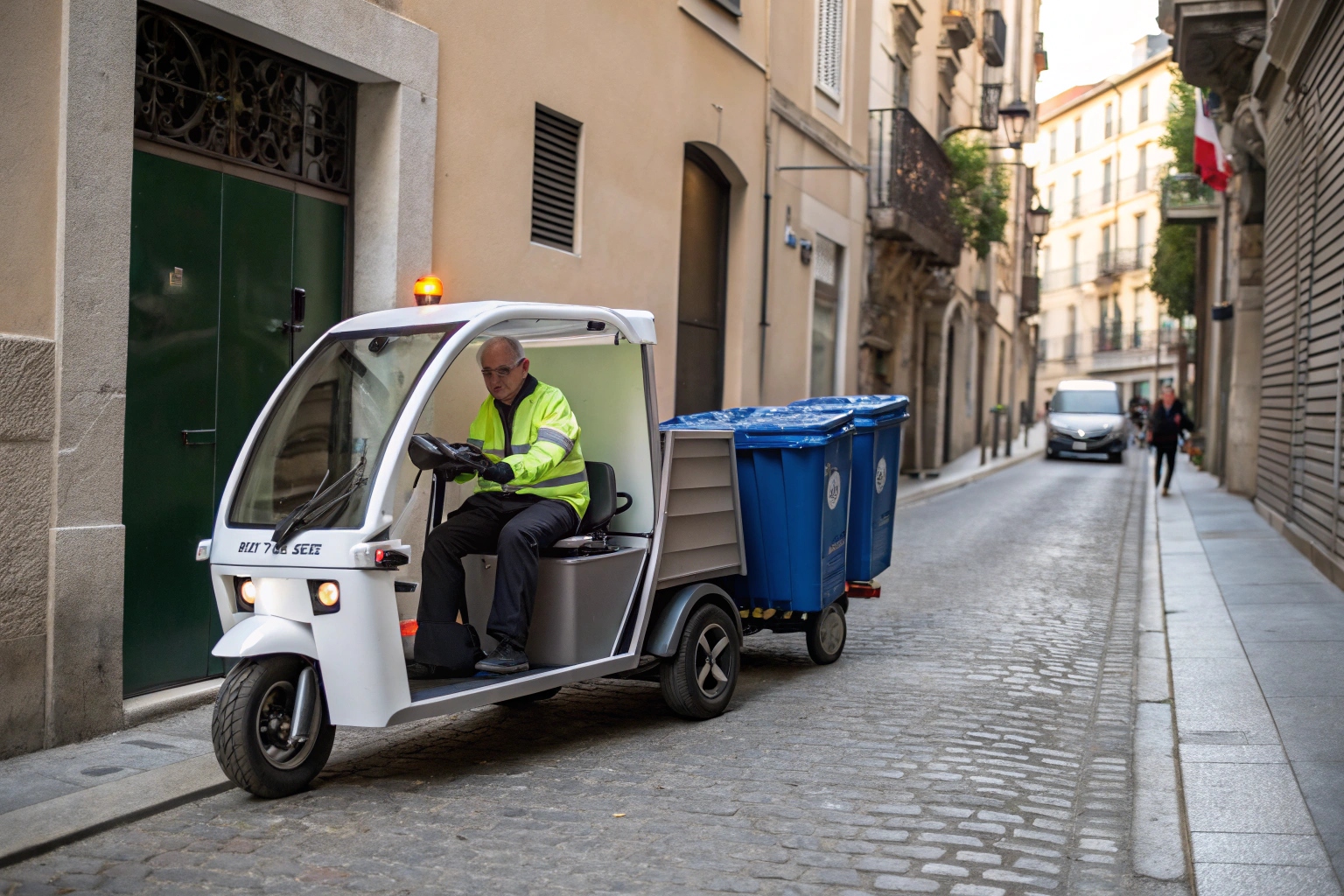
เป็น โรงงาน that equips cities with these vehicles, we see a clear global trend. Municipal leaders are realizing that the old ways of waste collection simply don’t work anymore. The challenges of urbanization demand a smarter, more flexible solution. รถสามล้อขยะไฟฟ้า are not just a trend; they are becoming an essential tool for creating cleaner, more efficient, and more livable cities. Let’s look at the problems they solve and why they are the right choice.
What Are the Main Challenges Cities Face in Urban Waste Collection?
Your sanitation teams rely on manual pushcarts that are slow and have low capacity. This makes daily collection a slow, physically demanding, and inefficient process for everyone involved.
Cities struggle with narrow streets inaccessible to trucks, rising labor and fuel costs, inefficient manual carts, and increasing pressure to meet low-emission targets in waste management.
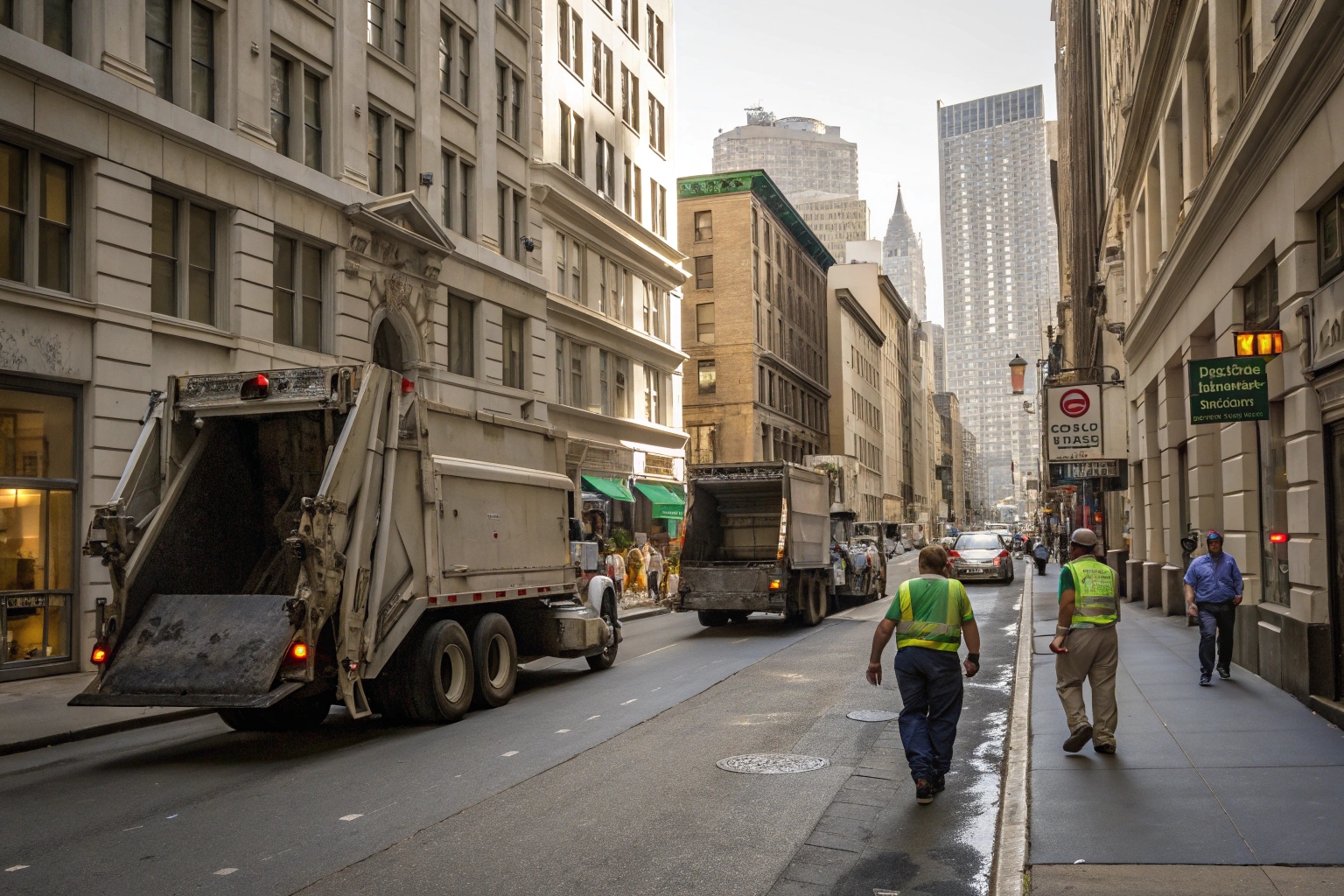
The legacy systems most cities use were not designed for today's urban reality. From our work with partners in Southeast Asia and Africa, we see the same problems everywhere. According to the World Bank, waste management costs are rising by 7% annually in developing cities, forcing leaders to find better solutions.
- Inaccessible Areas: The UN estimates over 50% of global urban streets are too narrow for standard waste trucks. This includes historic old towns, dense communities, and informal markets.
- High Operational Costs: Fuel, vehicle maintenance, and the labor costs associated with slow, manual methods put a huge strain on municipal budgets.
- Inefficiency and Low Productivity: Manual pushcarts are slow, have very limited capacity, and are physically draining for sanitation workers, leading to low morale and productivity.
- Environmental Pressure: Cities are now expected to reduce noise pollution and vehicle emissions. Loud, polluting diesel trucks are becoming a serious problem.
How Do Electric Garbage Trikes Improve Efficiency in Urban Sanitation?
You need to collect more waste, faster, and with a smaller budget. Your current fleet of large trucks and manual carts just can't keep up with the demand.
Electric garbage tricycles enable faster, quieter, and more agile waste collection in tight spaces. This reduces operational costs by 30-50% and expands collection coverage into previously hard-to-reach areas.
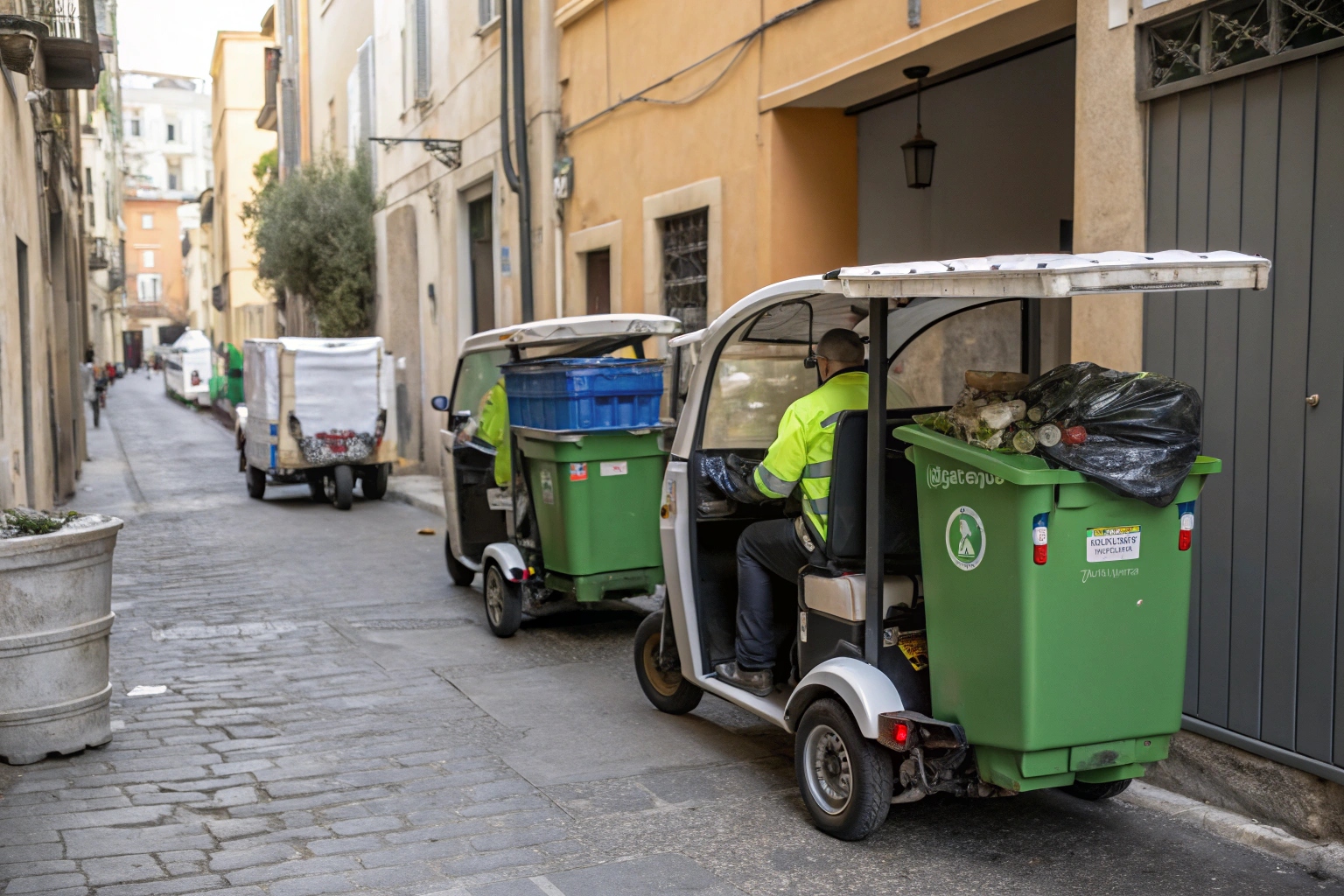
These vehicles are purpose-built for efficiency. Instead of being a poor substitute for a truck, they excel in a role that trucks can't perform. They are designed to work with a larger sanitation system as a specialized "feeder" unit. A single operator on an รถสามล้อไฟฟ้า can do the work of several people with manual carts, covering more ground in less time. We estimate the operating cost savings, considering fuel and maintenance, to be between 30% and 50% compared to a small fuel-based vehicle.
| Metric | รถเข็นด้วยตนเอง | Small Truck (Diesel) | รถสามล้อขยะไฟฟ้า |
|---|---|---|---|
| รัศมีการเลี้ยว | N/A | 7–9 meters | As low as 2.8 meters |
| Typical Capacity | ~100 kg | 2000-3000 kg | 500-800 kg |
| เข้าถึง | ดี | ยากจน | ยอดเยี่ยม |
| การปล่อยมลพิษ | ศูนย์ | สูง | ศูนย์ |
What Types of Municipal Buyers Are Using Electric Garbage Trikes Today?
You see the benefits, but wonder if this solution fits your organization's procurement process. Is this a tool for governments, private companies, or non-profits?
Local governments, private sanitation contractors, and NGO-led urban cleanup programs are the primary adopters. Over 15 African cities have already piloted these vehicles, seeing them as a key to modernizing sanitation.
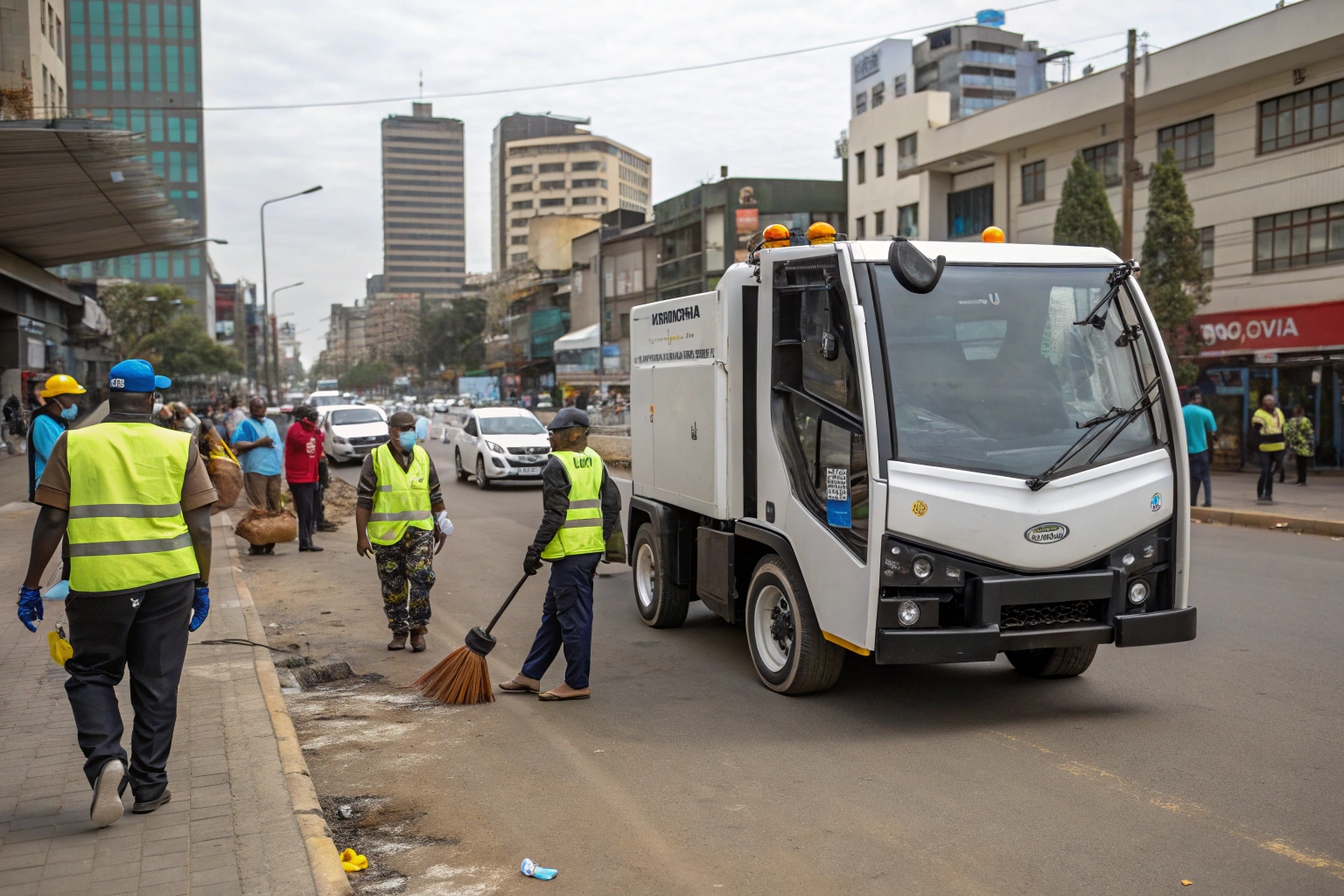
The demand for these vehicles comes from a range of organizations, each with a specific goal. We work with all of them to provide the right solution.
- Government Procurement Offices- Cities like Lagos and Jakarta are integrating e-trikes into their official fleets. They need durable, certified vehicles that can win public tenders and deliver reliable, long-term service.
- Private Sanitation Contractors- These companies bid for waste management contracts for residential areas and business parks. They need cost-effective, efficient vehicles to maximize their profitability and win contracts.
- NGOs & Donor-Funded Programs: Groups like WaterAid and WIEGO endorse light electric vehicles for cleaning up informal settlements. For these projects, we often supply tricycles in SKD/CKD (Semi Knocked Down/Complete Knocked Down) kits. This allows for local assembly, which lowers import taxes and creates local jobs.
What Features Should Cities Look for When Choosing an Electric Garbage Trike?
You are ready to source these trikes, but you need to write the technical specifications. Choosing the wrong features could lead to failure in the field.
Key features include a compact turning radius, a hydraulic dump box for safety, water-resistant components for durability, a heavy-duty frame, and a plan for local maintenance and spare parts.
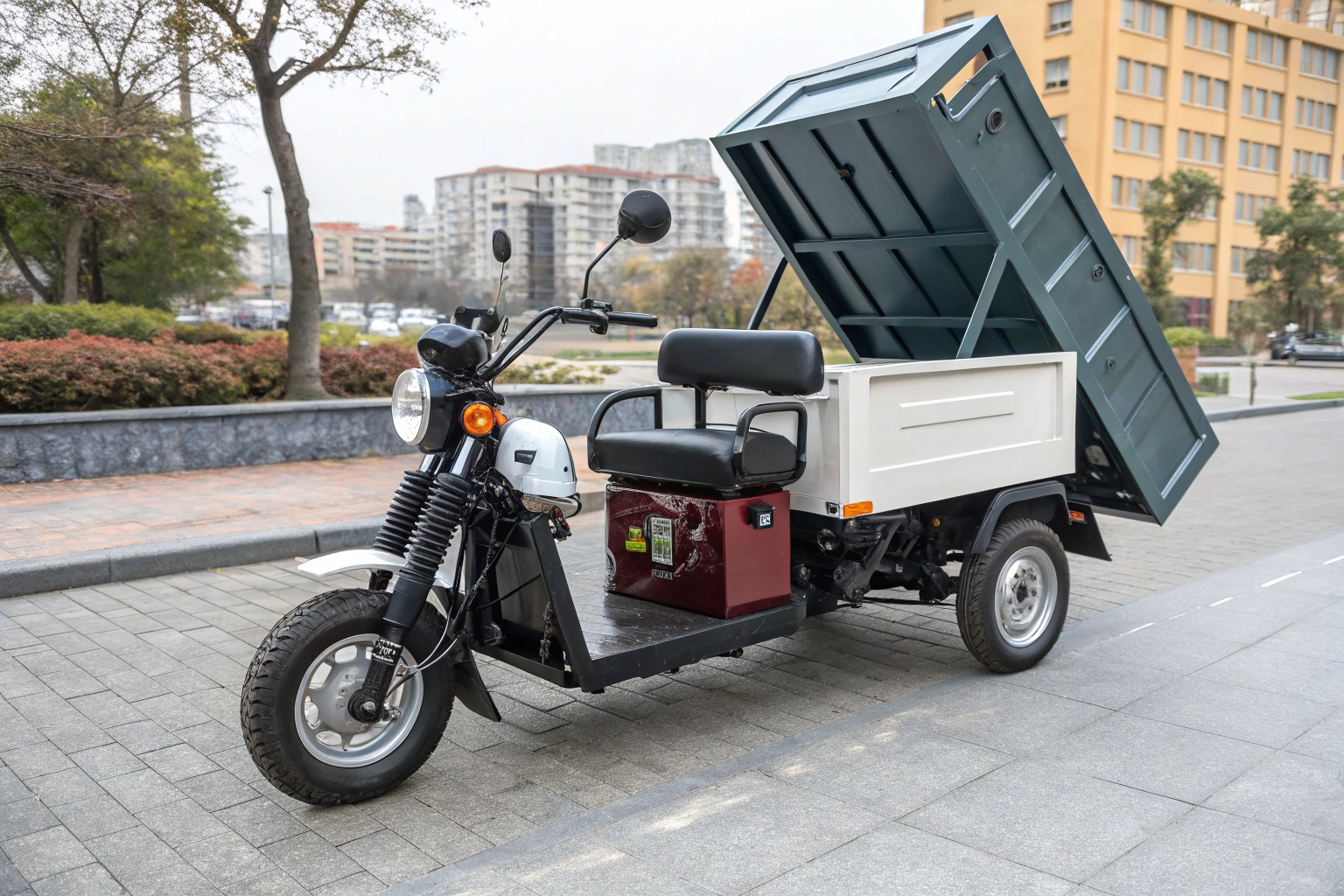
Not all รถสามล้อไฟฟ้า are created equal. An effective municipal vehicle must be built for industrial use, not light residential tasks. Based on our experience, the configuration should depend on your local conditions, like rainy seasons or hilly terrain. A standard model should have at least a 500kg cargo capacity.
| Feature Category | "Must-Have" Features | การอัพเกรดเพิ่มเติม | For Heavy/Hot/Hilly Use |
|---|---|---|---|
| Chassis & Box | Heavy-duty steel frame | Custom color/logo branding | Stainless steel cargo box |
| Functionality | Hydraulic tipping mechanism | Driver's roof/canopy | High-power motor & controller |
| Powertrain | Sealed motor, Standard lead-acid battery | Larger capacity lead-acid battery | Lithium (LiFePO4) battery |
| ความปลอดภัย | Robust drum brakes | LED safety lights | Upgraded suspension system |
When you draft your requirements, think about your toughest operational day—that's the performance you need to specify.
บทสรุป
Electric garbage tricycles are the smart solution for modern urban sanitation. They directly answer the challenges of access, cost, and emissions, making cities cleaner and more efficient for everyone.

